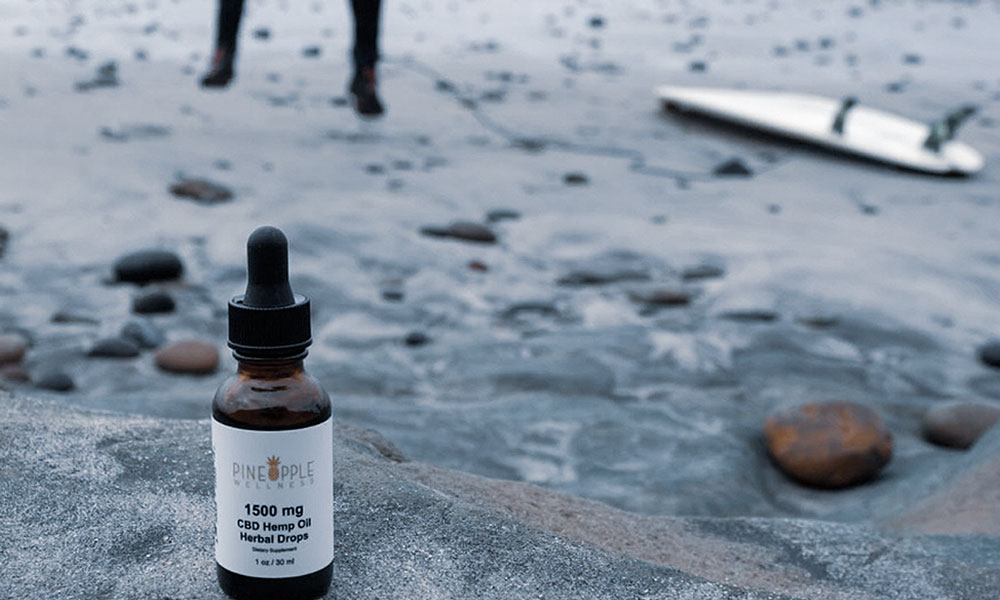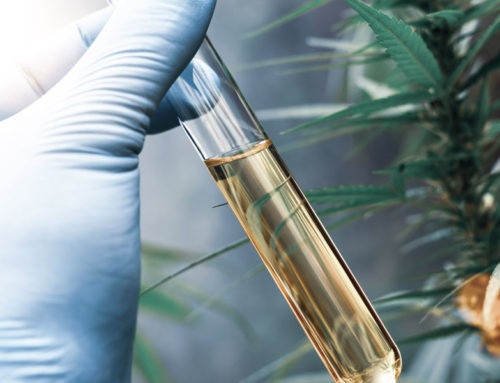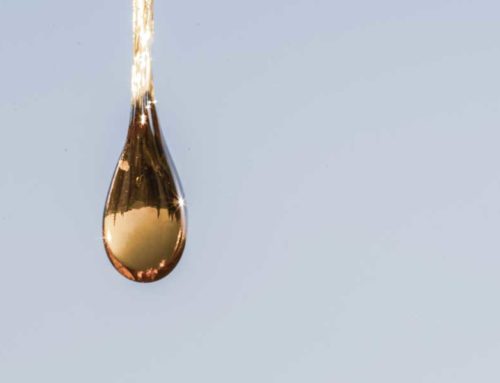Surfing & CBD: The Pursuit of Happiness
Did you know this about surfing? Thomas Jefferson declared “the pursuit of happiness “as one of our unalienable rights because he was inspired by accounts of a surfer riding on a tropical wave solely for “the pursuit of happiness”.
National Geographic’s new book, “The World in the Curl: An Unconventional History of Surfing”, describes how the concept of a surfer riding a wave purely for the sense of freedom and joy it brought them, blew old Thomas’s mind: At that time, colonial Europeans were busy building guillotines.
Surfing has been considered countercultural for more of its history than not. Luckily, gone are the days when the image of a “surfer” was most often synonymous with the image of a lazy beach bum soaking up the sun. Surfing has emerged from the status of a countercultural pursuit of happiness pastime to an Olympic sport.
Last year, the International Olympic Committee added surfing along with skateboarding (another “countercultural” sport), to the Tokyo 2020 Games. Today, surfing is synonymous with terms like; strength, endurance, courage, fitness, power, flexibility, and coordination required to ride waves – and some major injuries.
These injuries have long been dealt with by using over the counter NSAIDs (i.e. Ibuprofen, Aspirin, Aleve). Sadly, what athletes thought was a benign anti-inflammatory tool, has some potentially nasty side effects.
Health risks/side effects
For the everyday exerciser, occasionally taking ibuprofen for muscle soreness isn’t a big deal. But for surfers who are often regularly popping ibuprofen like candy for chronic pain, injuries, and inflammation, it’s a very big deal.
As Time magazine reports, the pain reliever ibuprofen, if used frequently and/or over long periods of time, can post dangers to the heart, kidneys, bones, and even hearing. The National Kidney Foundation warns, “heavy or long-term use of some of these medicines, such as ibuprofen, naproxen, and higher dose aspirin, can cause chronic kidney disease known as chronic interstitial nephritis”
So, what is the alternative for surfers and athletes who need additional support for their pain, inflammation, and injuries?
CBD: A natural alternative
The cannabinoids found in the cannabis and hemp plants (CBD is one of over 100 cannabinoids) have been used for centuries as a medical treatment.
As early as 2737 B.C., the mystical Emperor Shen Neng of China was prescribing marijuana tea for the treatment of gout, rheumatism, malaria, and, oddly enough, poor memory.
In the late 18th century, early editions of American medical journals recommend hemp seeds and roots for the treatment of inflamed skin, incontinence, venereal disease, ease the pain of rheumatism, and helpful against discomfort and nausea in cases of rabies, cholera, and tetanus.
How do cannabinoids and CBD work?
The cannabinoid CBD – the non-psychoactive chemical compound found in hemp and cannabis – helps support the body’s own ability to heal itself naturally by interacting with the body’s endo-(internal)-cannabinoid system which maintains healthy functioning of cells and coordinates healing.
A well operating endocannabinoid system is crucial for athletes to perform at their peak. Research shows the endocannabinoid system plays a critical role in maintaining the homeostasis of the human body, from the brain and endocrine system to the immune system.
And, the endocannabinoid system, is believed to be involved in a wide variety of internal processes, including pain, memory, mood, appetite, stress, sleep, metabolism, and immune function.
What type of pain and injury does CBD support?
CBD may work for different types of pain, from musculoskeletal and inflammatory to neuropathic, and can potentially be an effective analgesic, helping reduce pain both during and after exercise. It is believed to work by mimicking some of our natural neurotransmitters and interacting with receptors, supporting the suppression of the immune system responses that cause inflammation.
This is why more and more surfers now have a daily routine of using CBD to help support their endocannabinoid system to run optimally because, like many other systems in the body, the endocannabinoid system can become imbalanced, especially when stressed.
Is CBD legal for athletes to use?
Yes. Hemp-derived CBD is legal in the United States and in over 40 countries. The World Surf League, The Olympics, and other sports leagues allow for CBD to be used in competition as per the guidelines of the World Anti-Doping Agency.
How to use CBD?
The options are aplenty. You can drop CBD into your latte or drink, vape it, slap on transdermal patches, or use it topically for acute aches and pains.
Here are some ideas of products to try, and how we use them:
Why we like it:
Mary’s award-winning discreet transdermal patch contains 10mg of activated hemp extract and simply adheres to any veinous area of the skin for 8-12 hours of systemic relief. It helps with muscle soreness, aches, and pains. It’s discrete, easy to use, and can be worn under clothing.
CBD HEMP OIL HERBAL DROPS 1500MG
Why we like it:
All Pineapple Wellness Premium CBD tinctures are purity and potency tested with lab results available to download and read. The tincture is made from organic coconut oil and full-spectrum hemp oil extract. It’s soothing and helps with pain relief, relaxation, and overall wellness. Mix it in your morning coffee, with water, or drop directly under the tongue. Start with half a dropper, wait 90 minutes. Add more to your dose as personally necessary!




